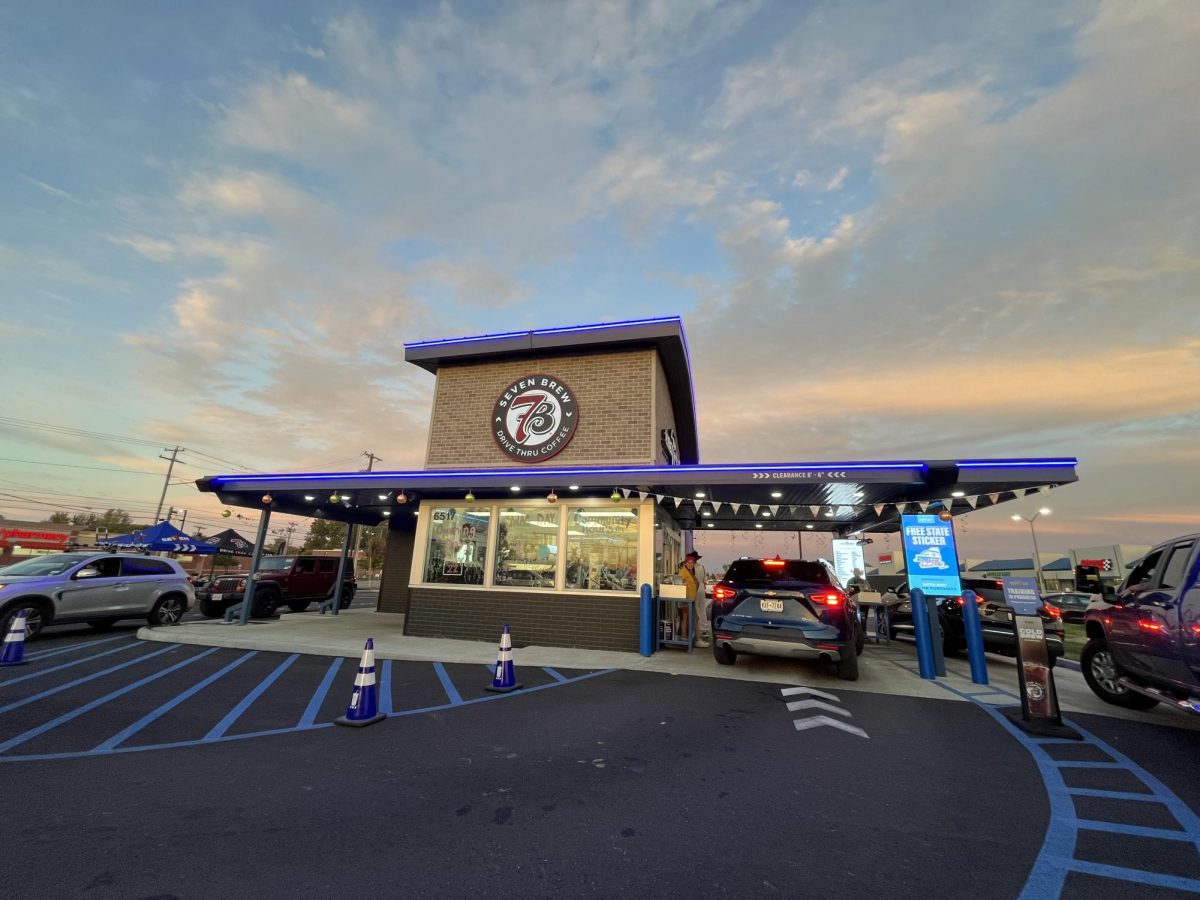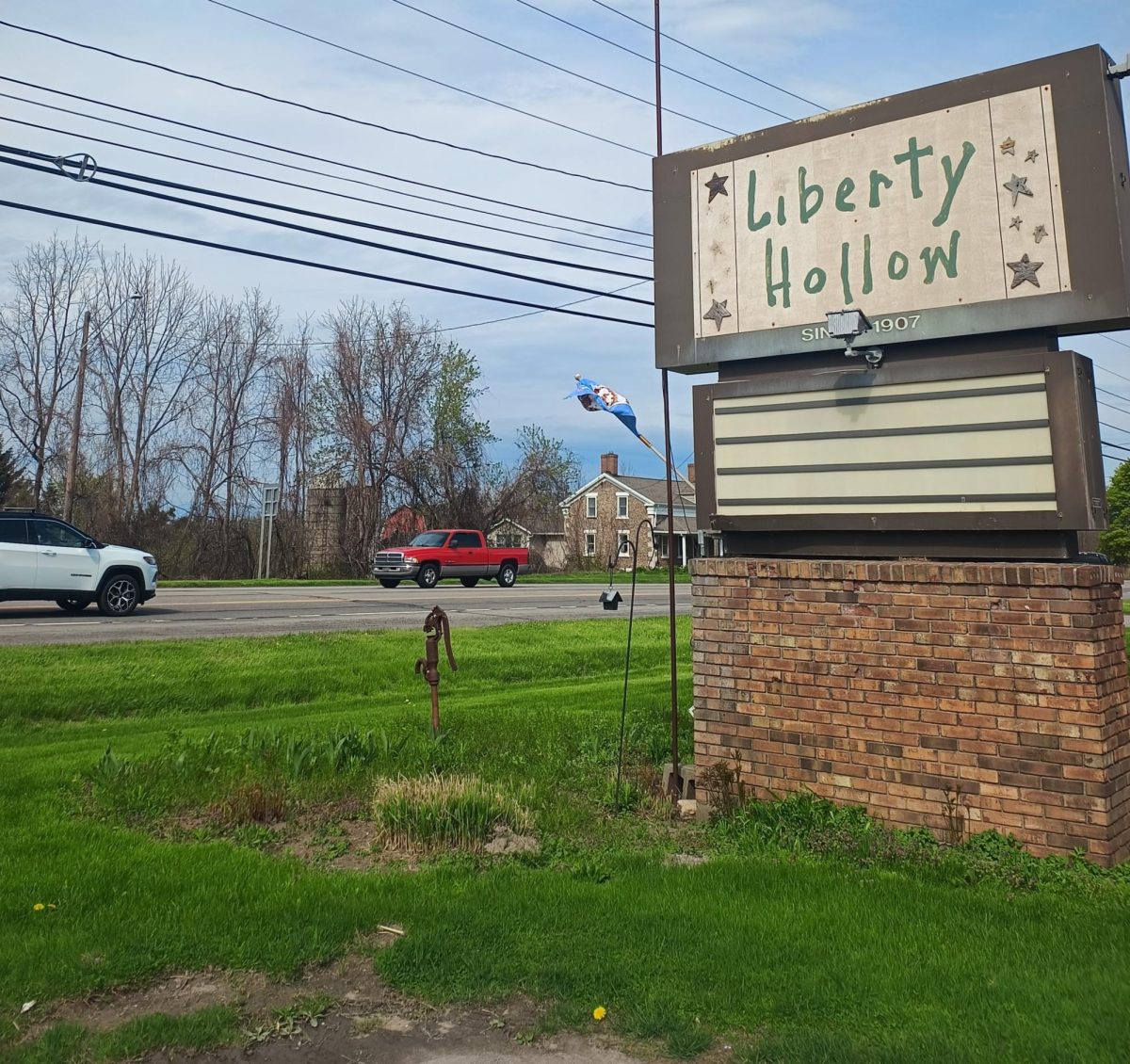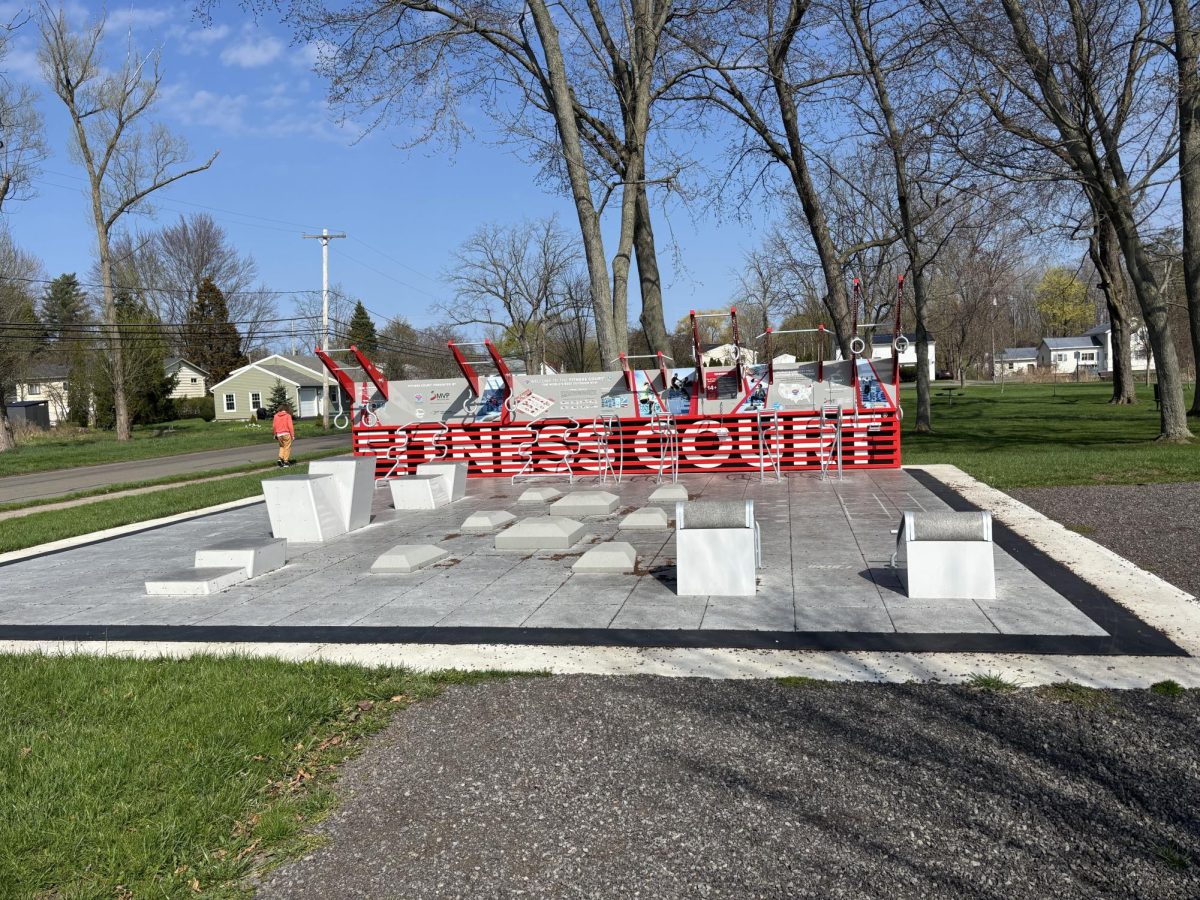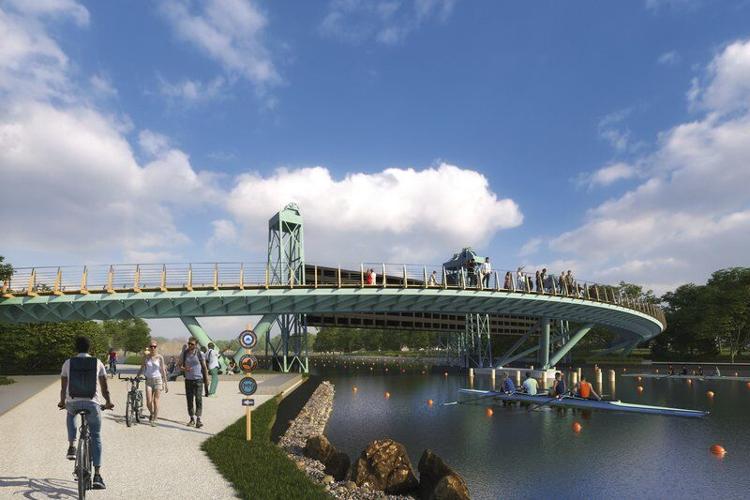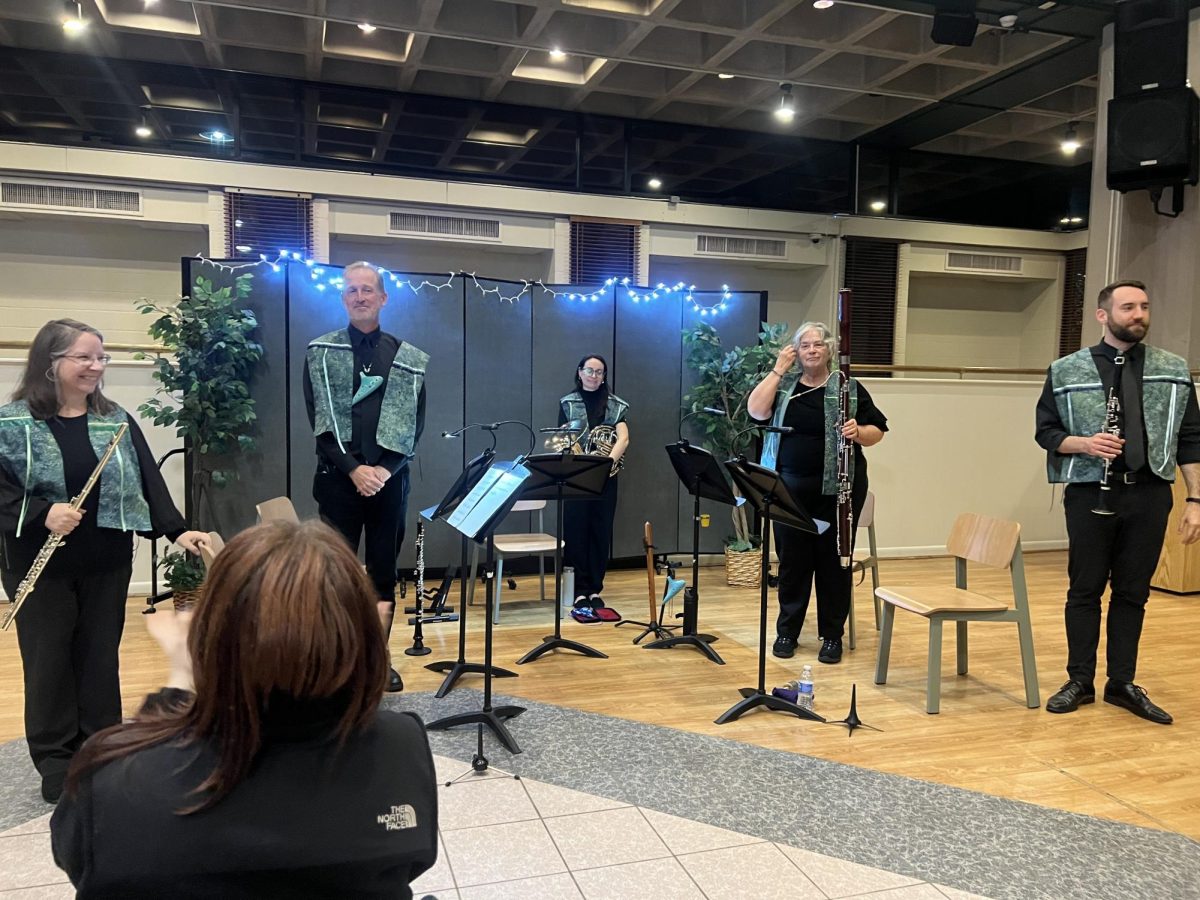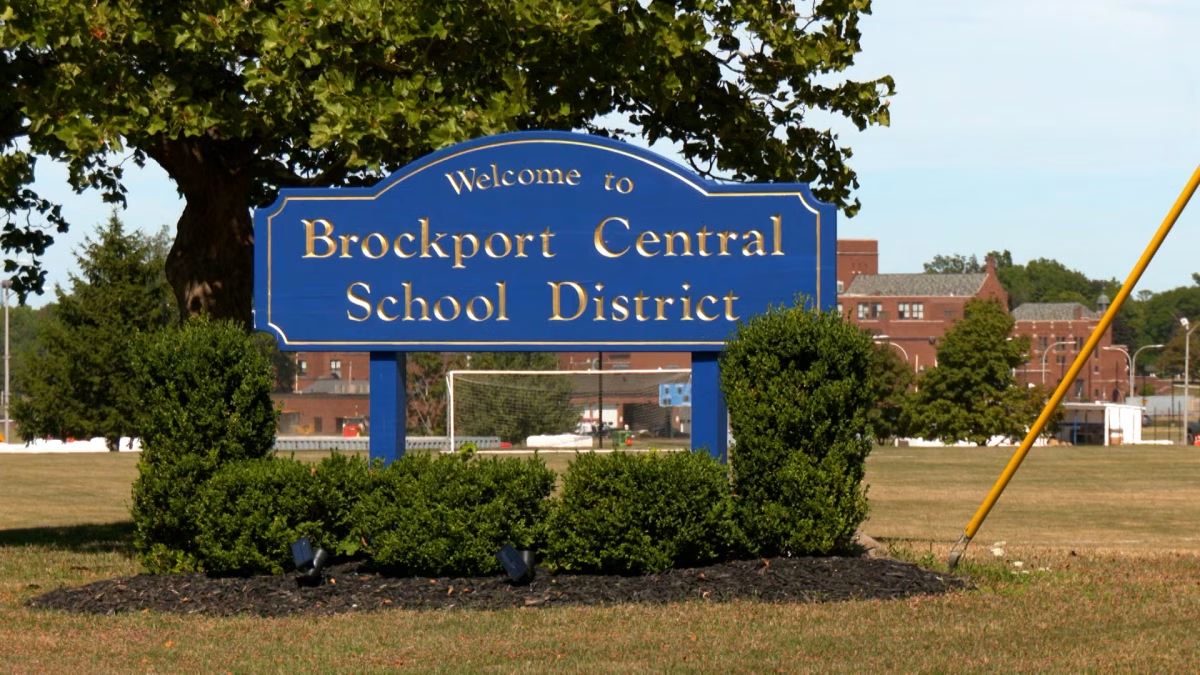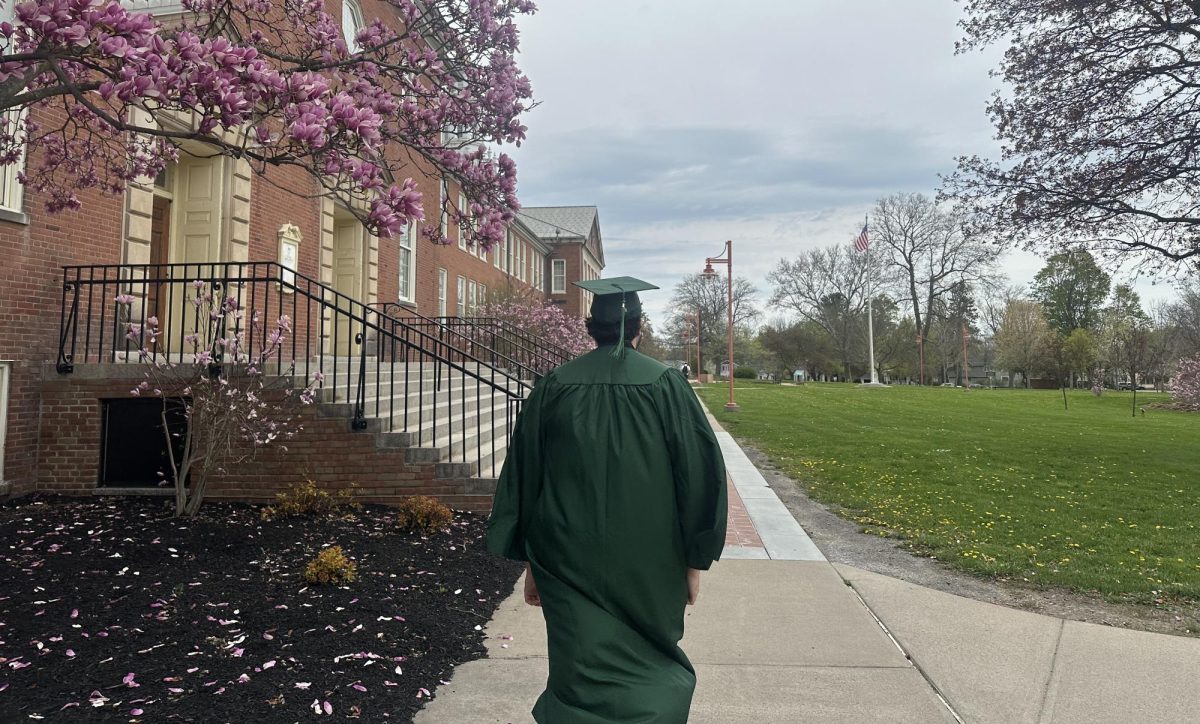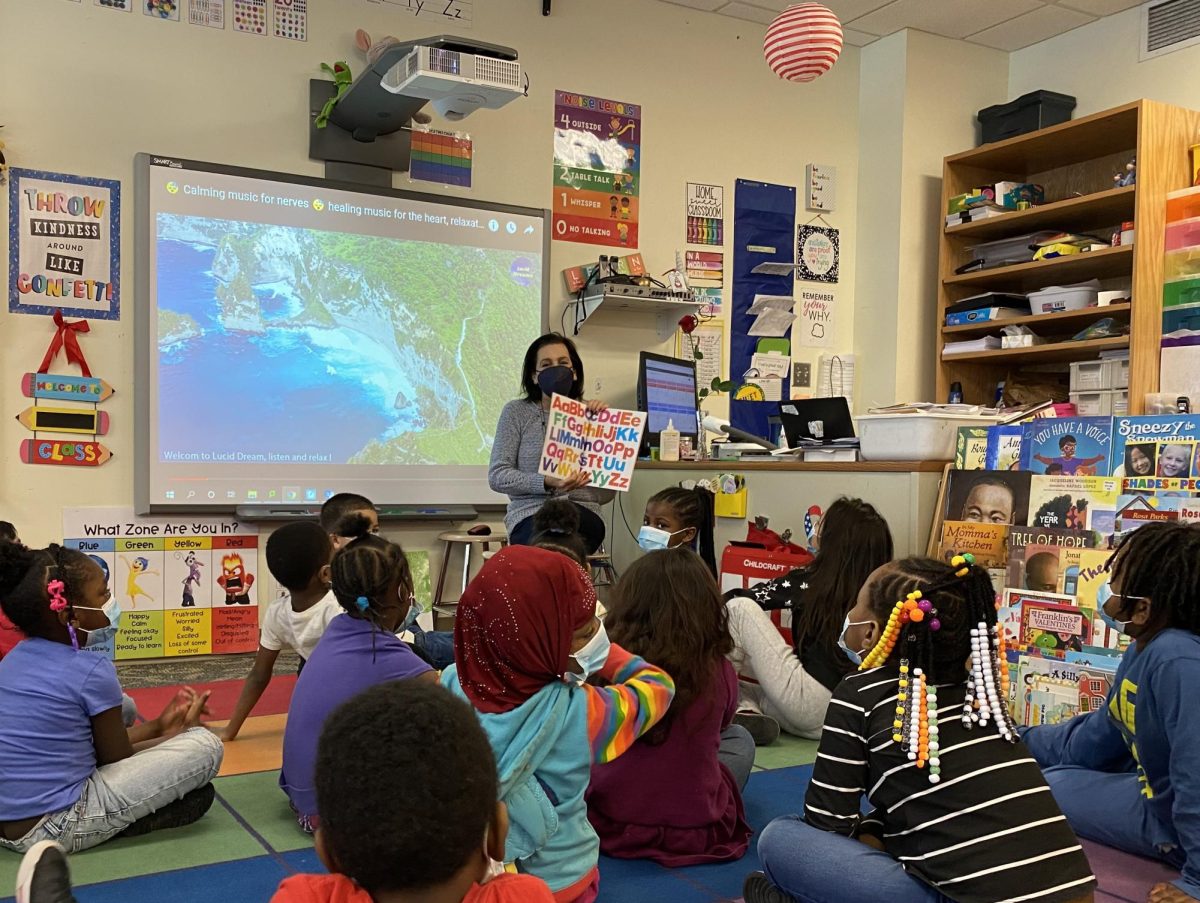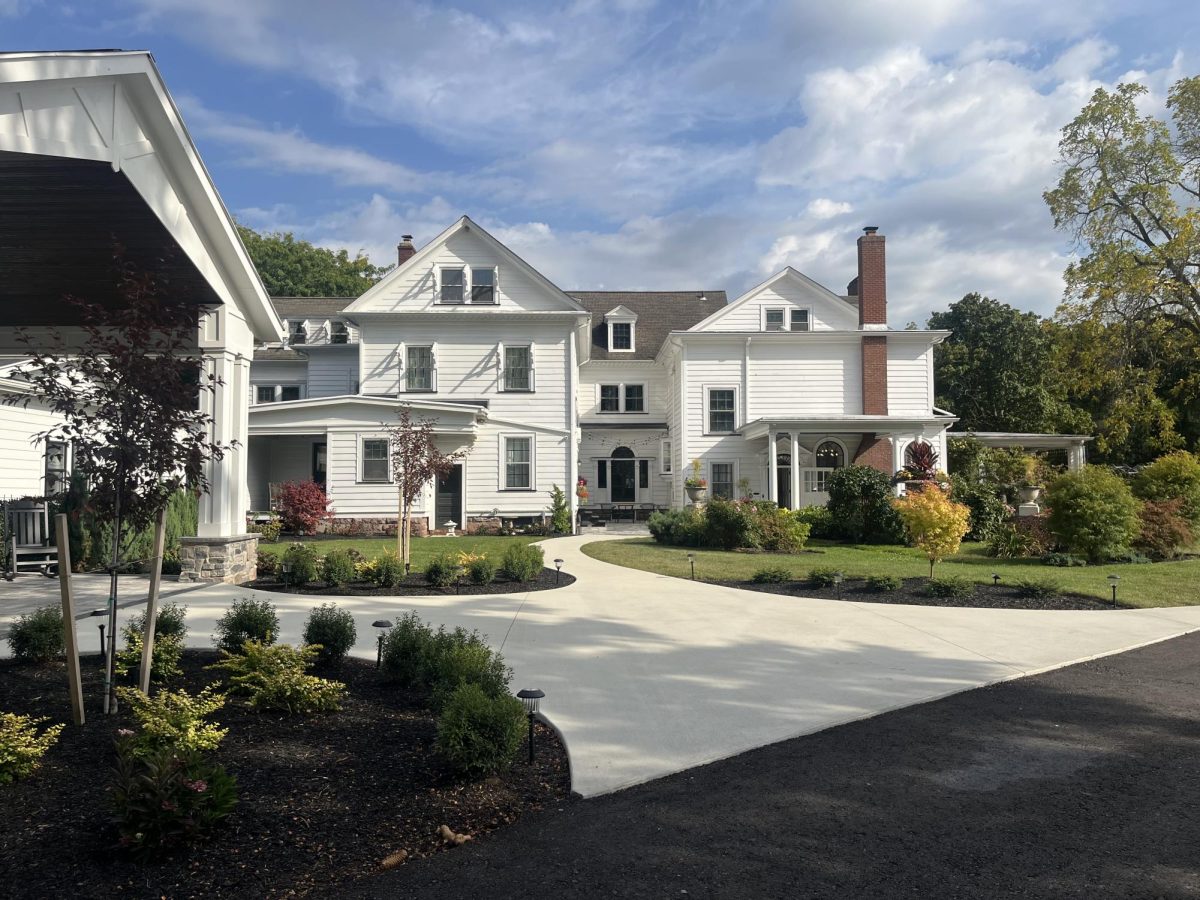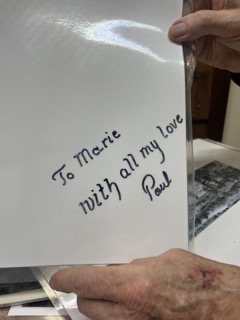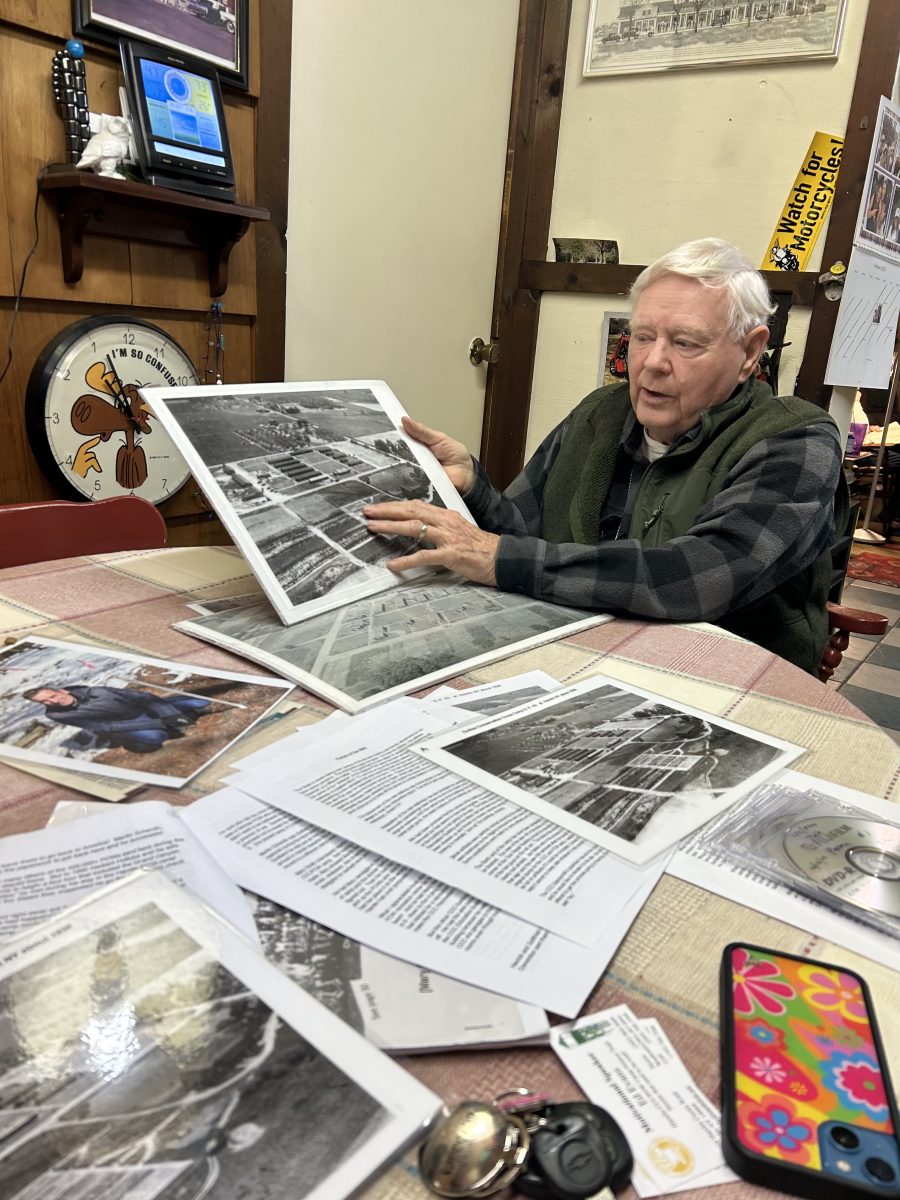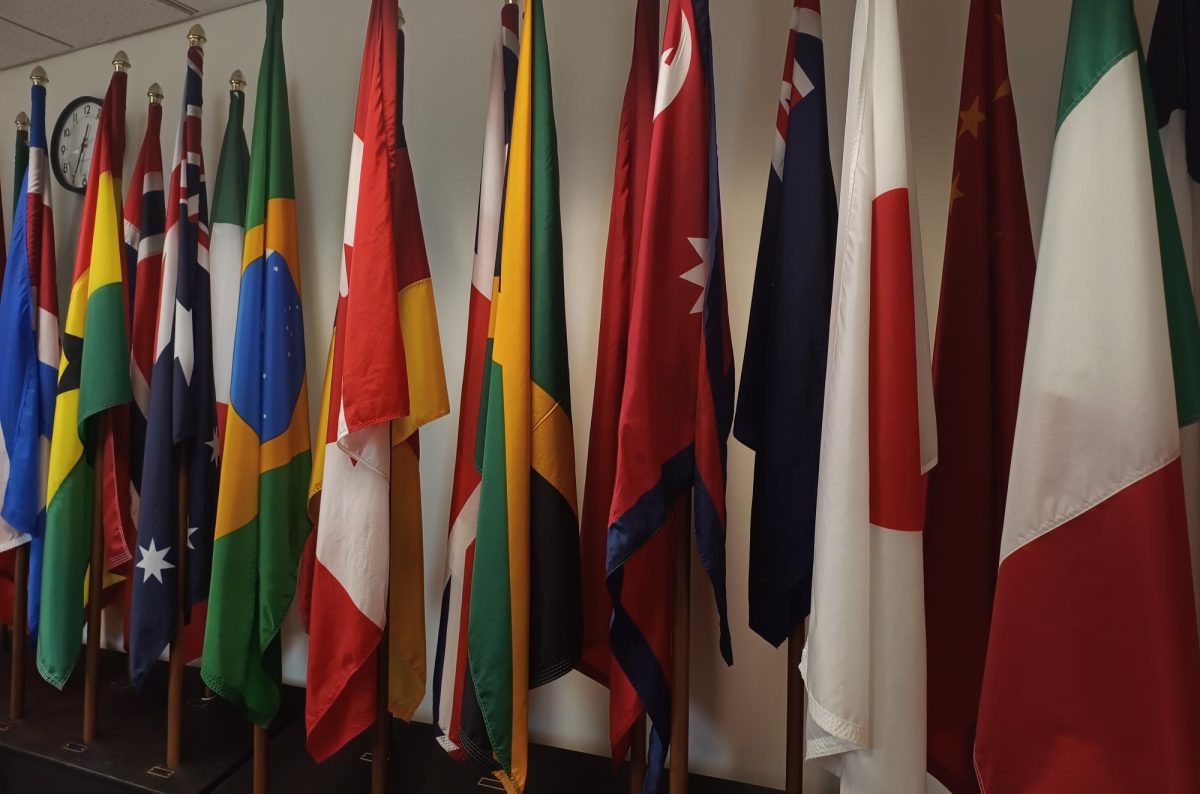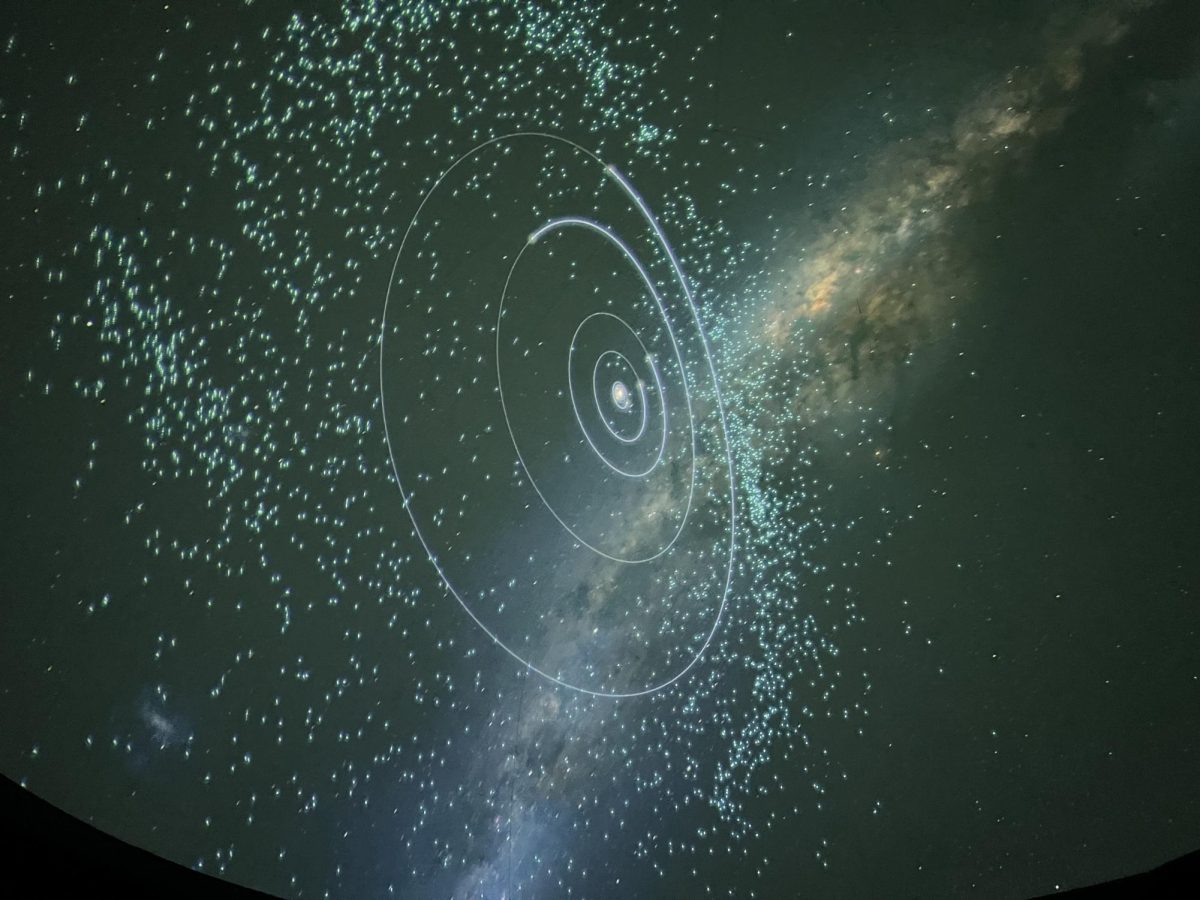By Maryalice Skutnik
Hidden in the tranquility of Hamlin Beach State Park, memories linger like whispers defying the passage of time. Heinrich Willert and Gottfried Schulze, two former prisoners of war in Hamlin, NY remember their time at the camp. The one thing they didn’t remember, however, was each other.
The man behind the restoration of Hamlin’s historic site is Ed Evans. Evans was able to communicate with both Willert and Schulze and gain insight about the camp, what life was like, and the men who once resided there.
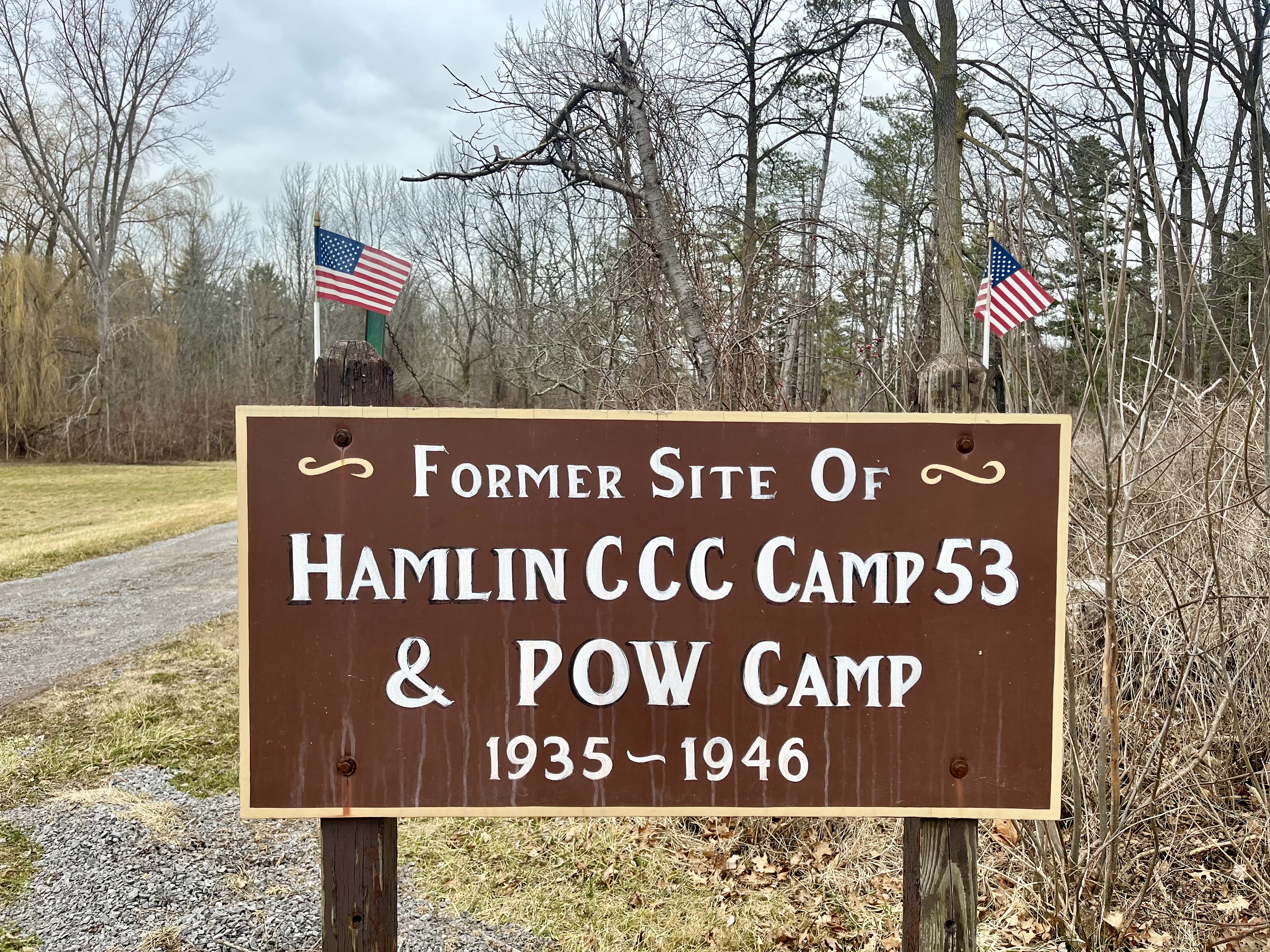
“Every bit of new information I was able to get about the POW part of the camp reclamation was exciting and I passed it along to Heinrich in Germany via ‘snail mail.’ He, in turn, added to that collection of history in every letter he wrote back,” said Evans.
Schulze had a Rolodex of information. He was able to help Evans find different locations within the camp. These men are the reason there is so much information on the Hamlin POW camp without ever having an aerial photo.
“He remembered four guard towers and their locations. He even knew that the machine guns in the towers were specifically mounted so that they couldn’t be turned to shoot into the camp,” said Evans.
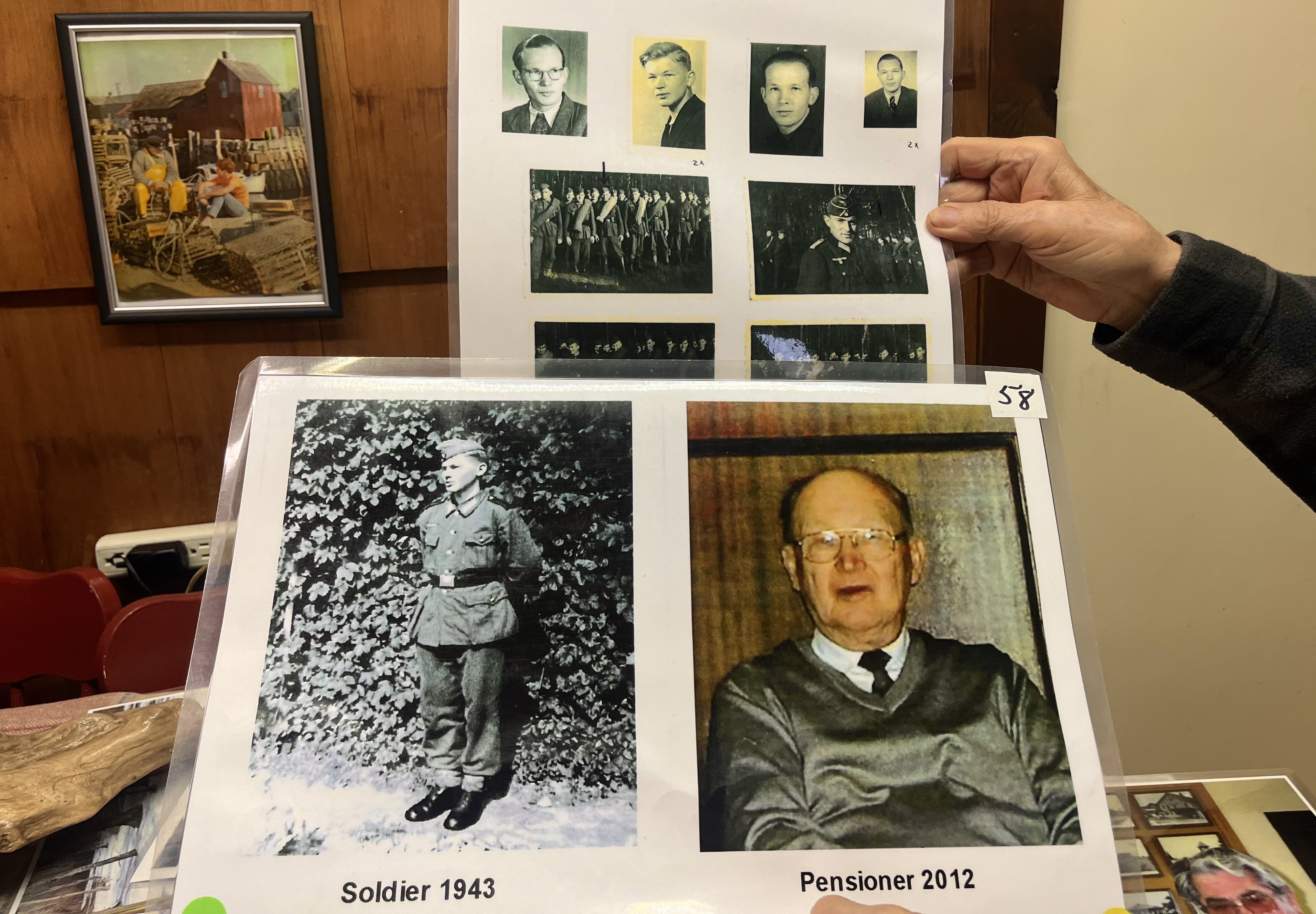
Once Evans had been in correspondence with Willert and the Schulze, he quickly realized they were prisoners at the camp at the same time.
“Right away I was amazed to calculate that he was assigned to the same barracks that Heinrich was in, and at the same time. Over 400,000 German prisoners to pick from and I somehow got hooked up with two who were in the same Hamlin POW barracks at the same time,” said Evans. “When I shared this information with them, I was disappointed to learn that neither one of them remembered meeting up with the other. And their bunks were only 50 feet apart.”
Although they had no recollection of each other, Evans was determined to unite these two men and help them share their stories.
“One night after a long day at the site I focused on the snail mail return address on the envelope of the six-page booklet Gottfried wrote and had sent to me about his Hamlin experience. I Googled a map of Germany and plotted his and Heinrich’s addresses on the map and found out that they were living about 11 miles apart from each other,” said Evans.
Evans was later able to get in contact with Willert’s grandson, Matthias Heinicke, who reached out via email after proofreading his grandfather’s letters. Heinicke was going to be in the United States attending a wind power symposium and asked if Evans would meet him at Niagara Falls.
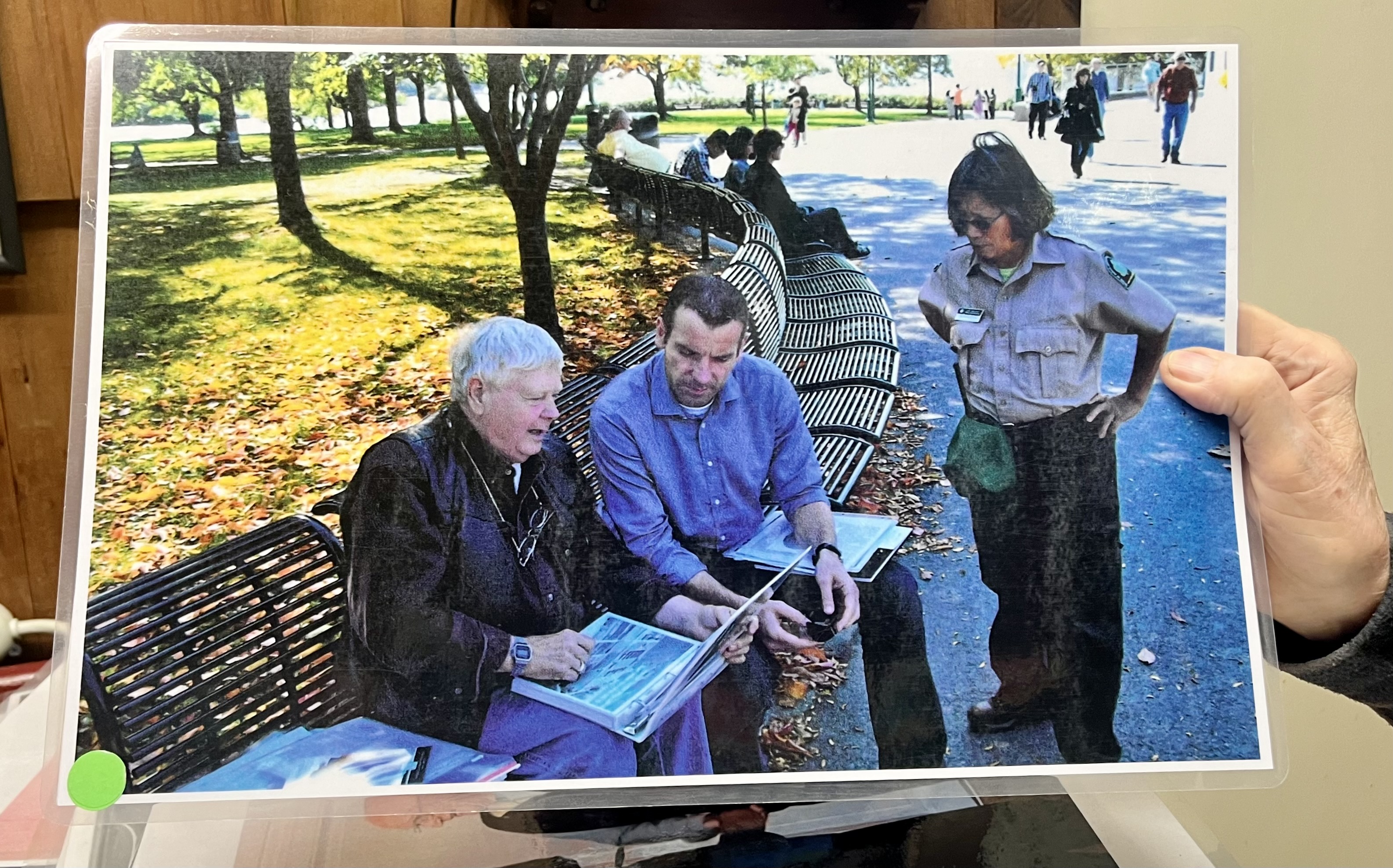
“I drove to Niagara Falls and gave Matthias a crash course about the Hamlin POW camp while sitting on a park bench. I told him about Gottfried and Barracks Three and that the two men were now living about 11 miles apart. Matthias was awestruck. Three days later he was back in Germany and quickly arranged a reunion of the two former POWs at a local restaurant,” said Evans.
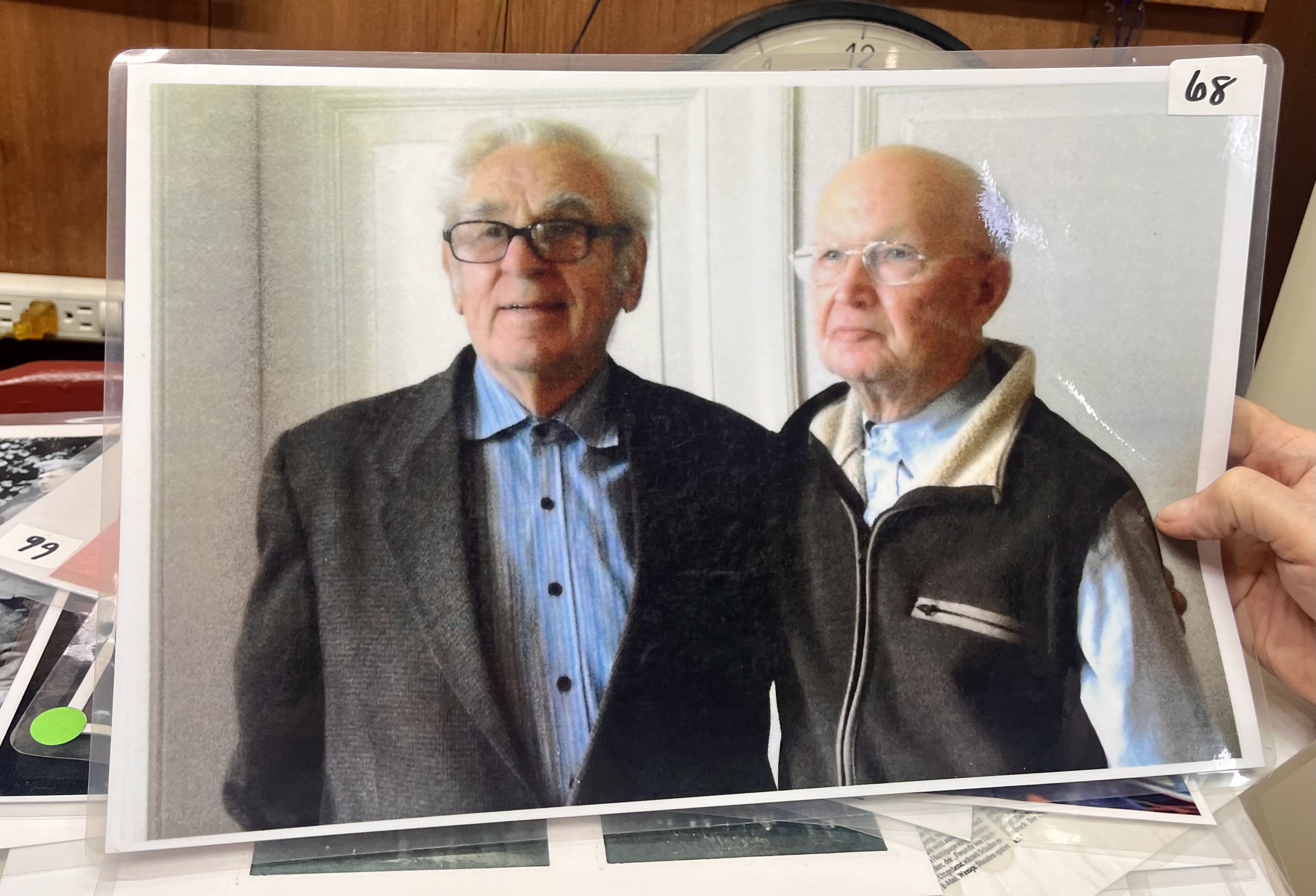
The story was written in a German newspaper where it filled the whole page with photos and memories about their part in the war and their time at the Hamlin POW camp.
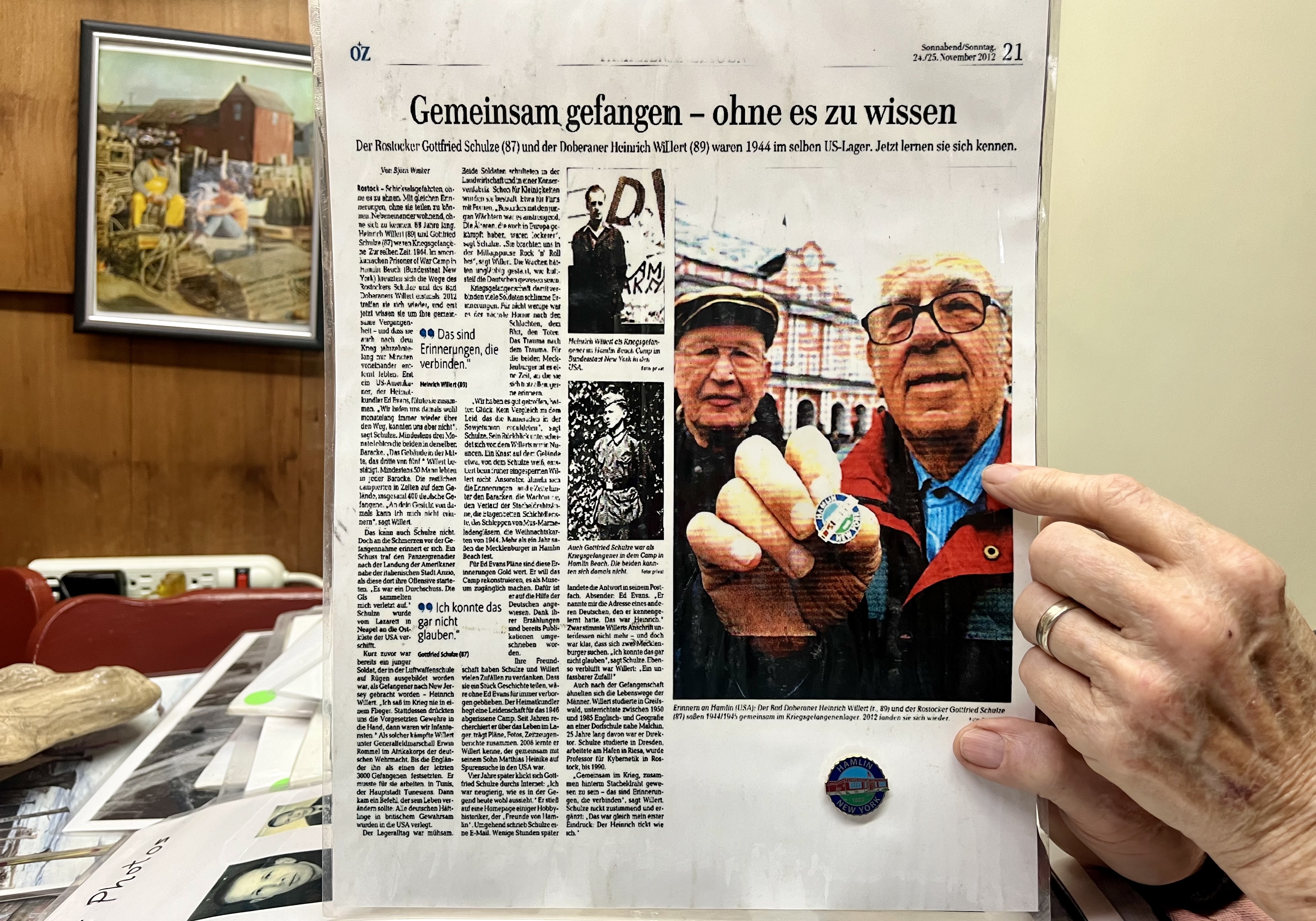
“In one photo Heinrich and Gottfried are pictured together and Heinrich is holding at arm’s length towards the camera a ‘Hamlin New York’ lapel pin I had sent him,” said Evans.
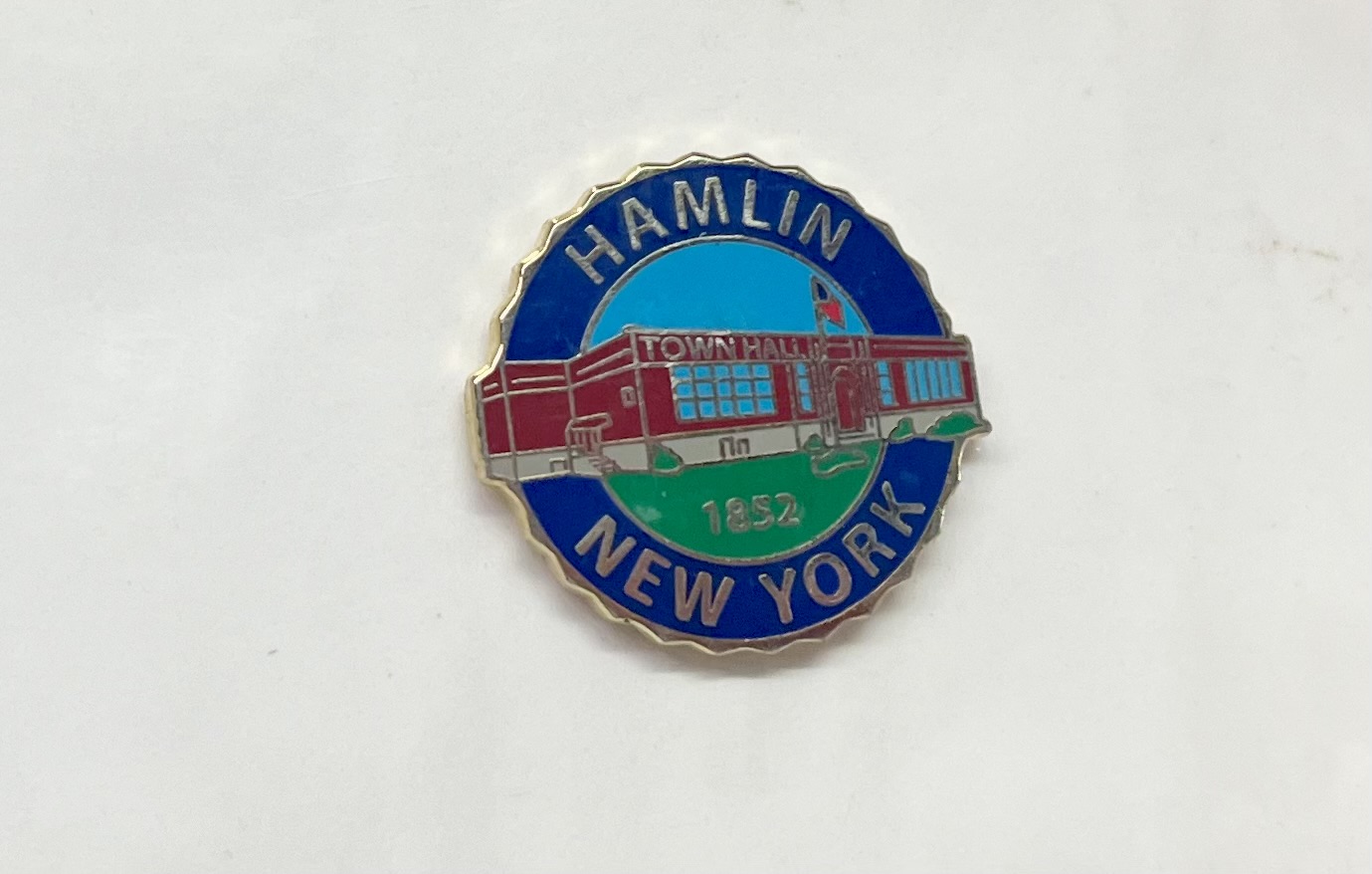
The stories of Willert and Schulze, once solitary echoes of the past, now dance together in harmony, painting a vivid image of resilience and friendship amidst the backdrop of war. Though this history may be forgotten, and newspaper images will fade, a rekindling of friendship will forever be etched into the soil of Hamlin Beach State Park.
The fourth and final part of this series will cover what the future of this historic site looks like.

